Not every fruit is sweet and juicy — some pack a punch that wakes up your taste buds in unexpected ways. Bitter fruits, with their sharp, sometimes astringent profiles, often get overlooked in favor of their sugary cousins. But don’t write them off just yet. Across cultures and centuries, bitter fruits have been prized for their medicinal and digestive properties — and today, they’re gaining fresh attention for their health-boosting potential.
Bitter compounds found in certain fruits may help stimulate digestion, balance blood sugar, and even support liver function. Whether it’s a traditional tonic made from noni fruit or a raw snack of tart sloe berries, bitter fruits offer more than just a unique taste — they provide a deeper connection to how food can support the body. This list explores 38 naturally bitter fruits, each with its own flavor story, from wild and foraged to cultivated and healing.
Bitter Fruits List (from A to Z)
Amla (Indian Gooseberry) 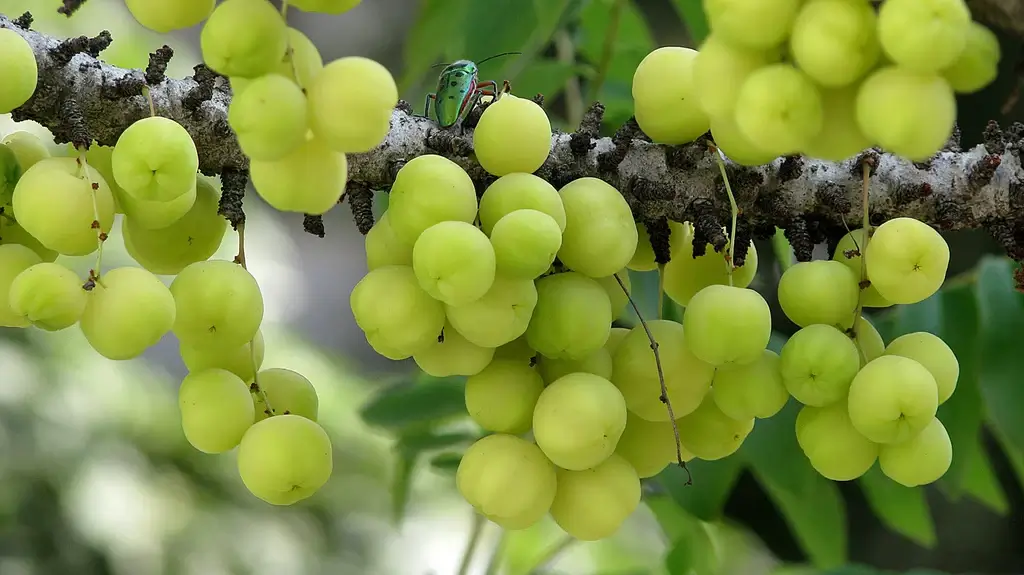 |
Bael Fruit 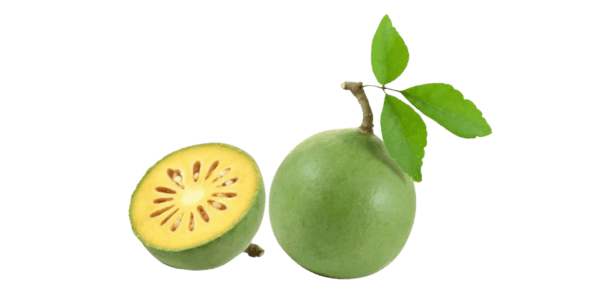 |
Bitter Almond 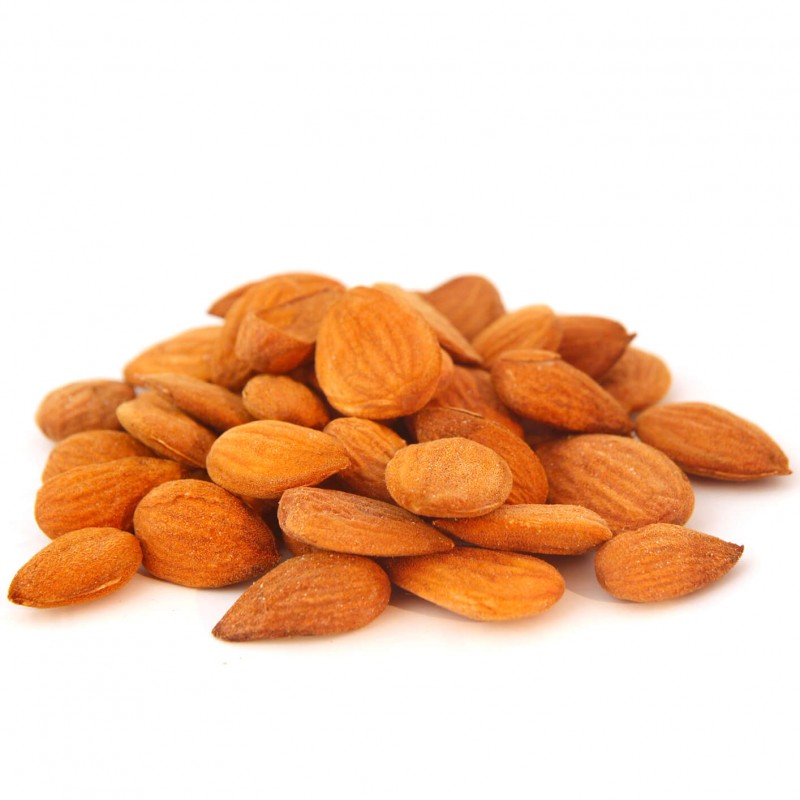 |
Bitter Apple 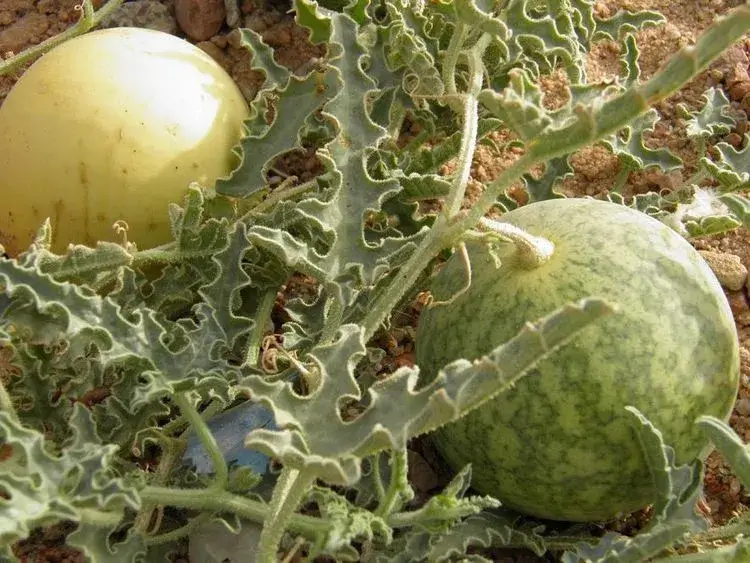 |
Bitter Melon 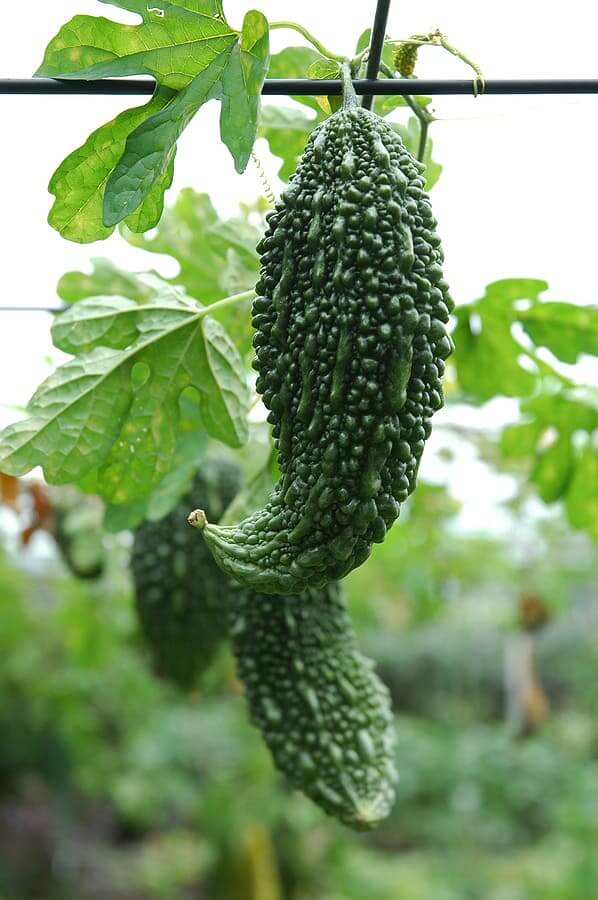 |
Blackthorn 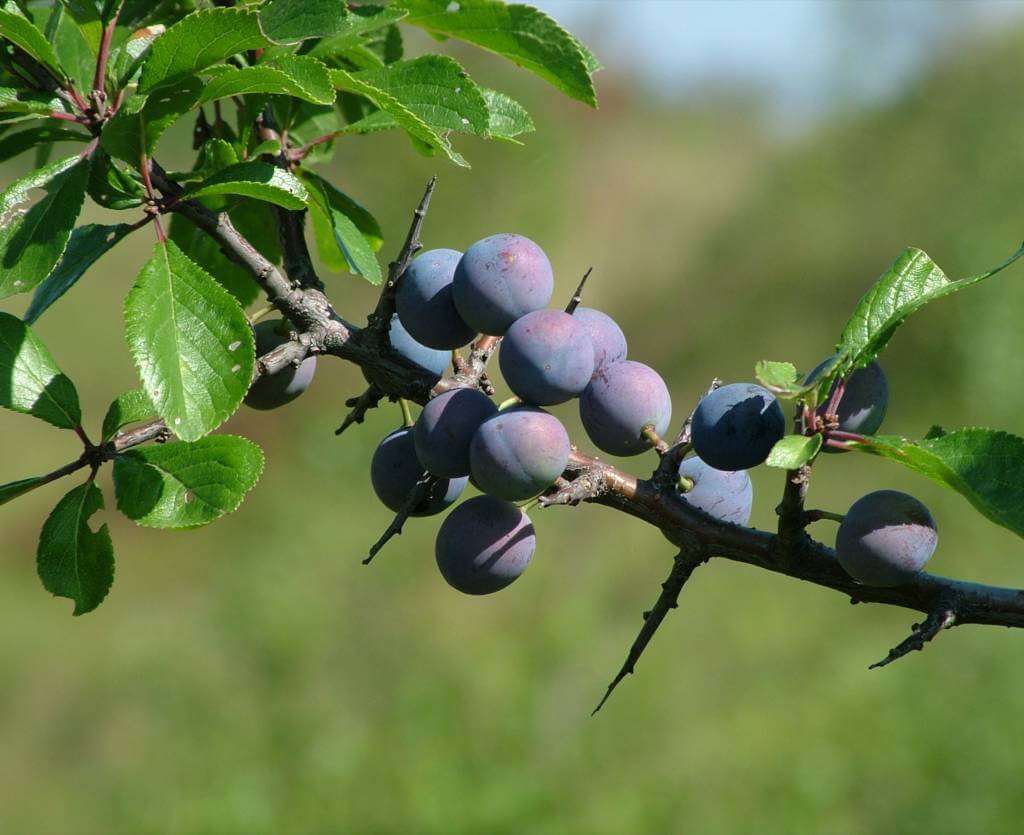 |
Calabash 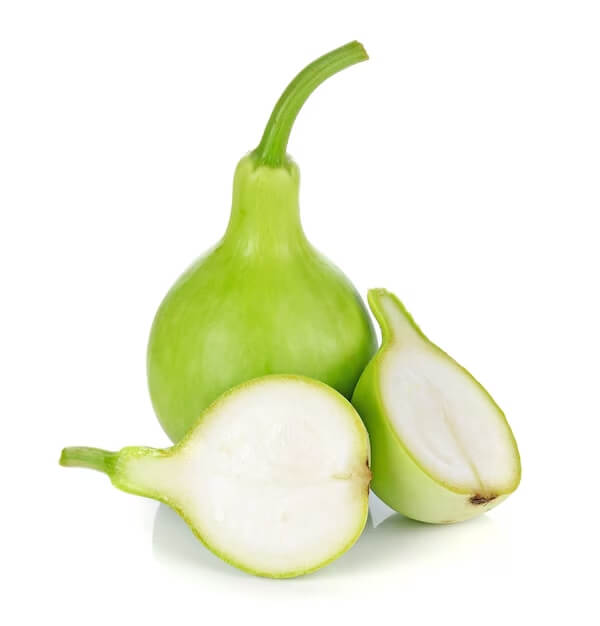 |
Cashew Apple 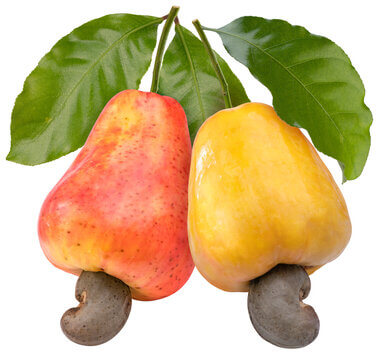 |
Citrangequat 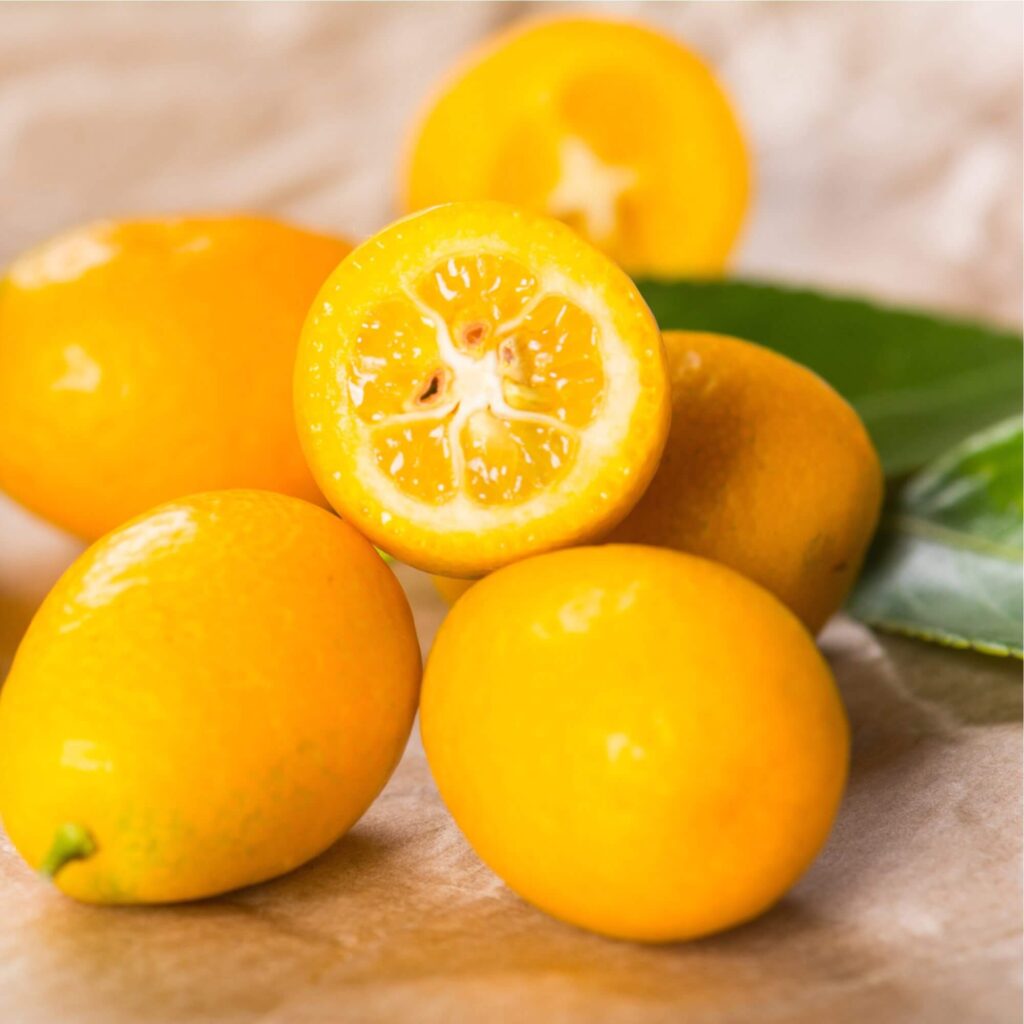 |
Clove Fruit 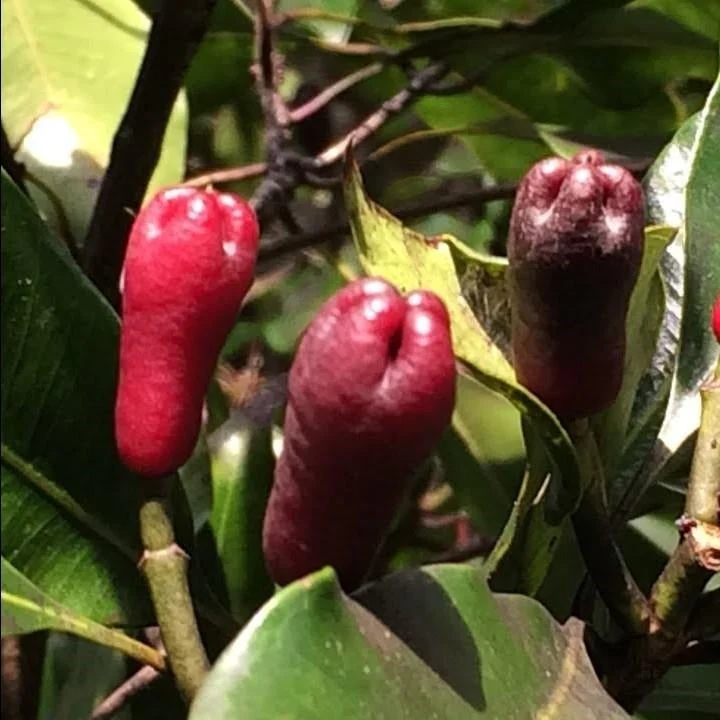 |
Cocoa (Raw Cacao) 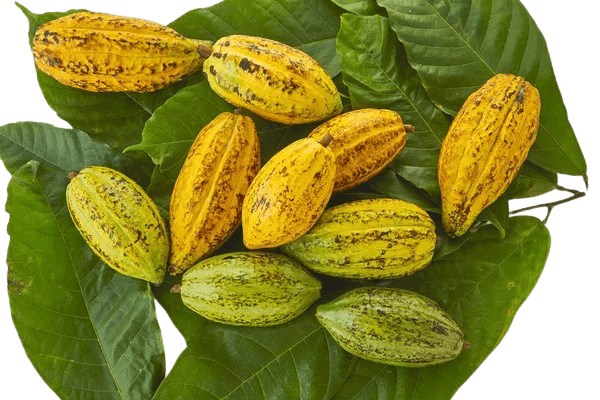 |
Coffee Fruit 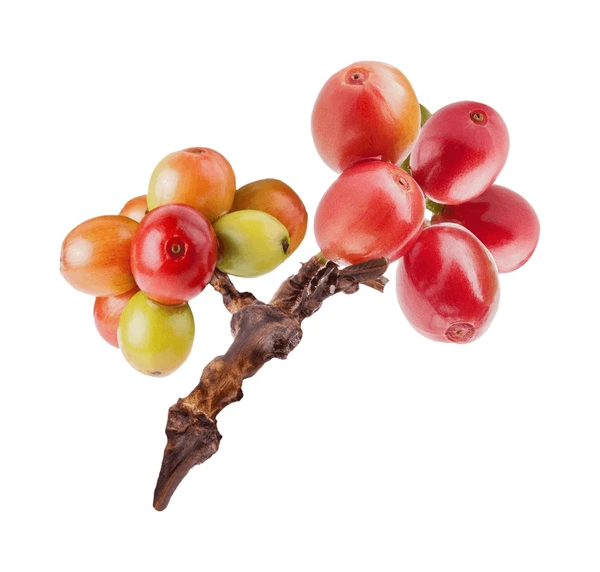 |
Cranberries 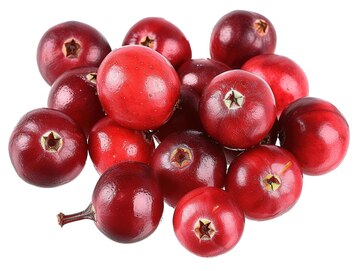 |
Desert Lime 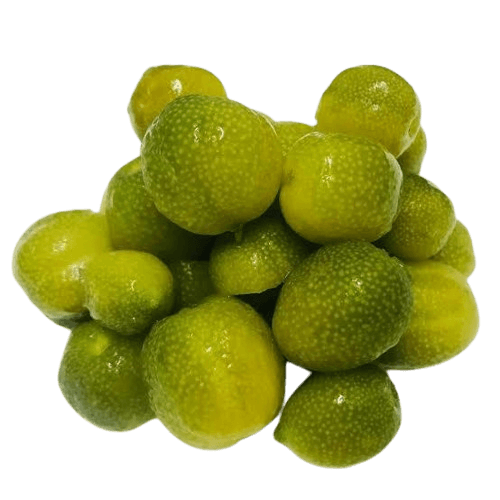 |
Eggplant 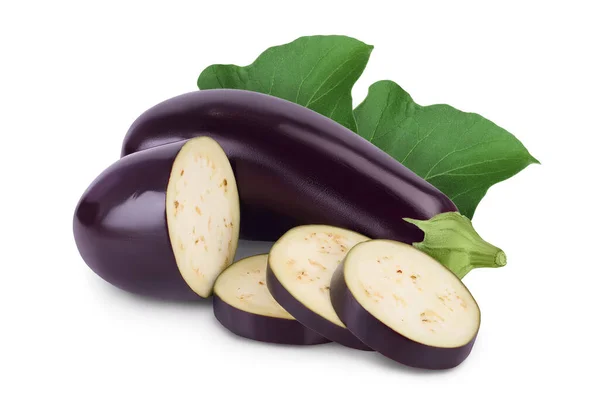 |
Goji Berries (Fresh) 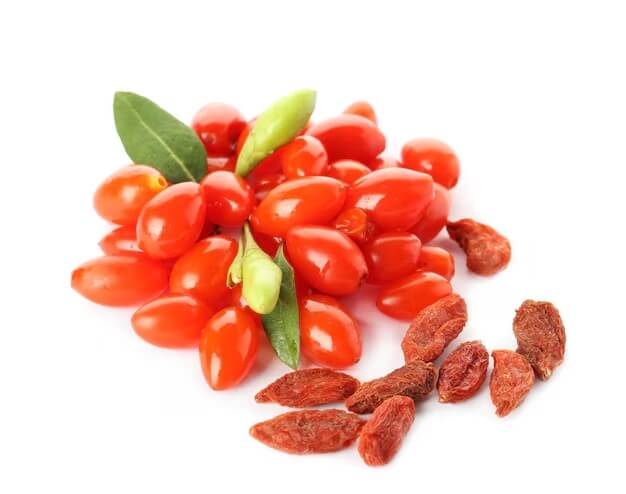 |
Grapefruit  |
Indian Almond Fruit  |
Jamun (Java Plum) 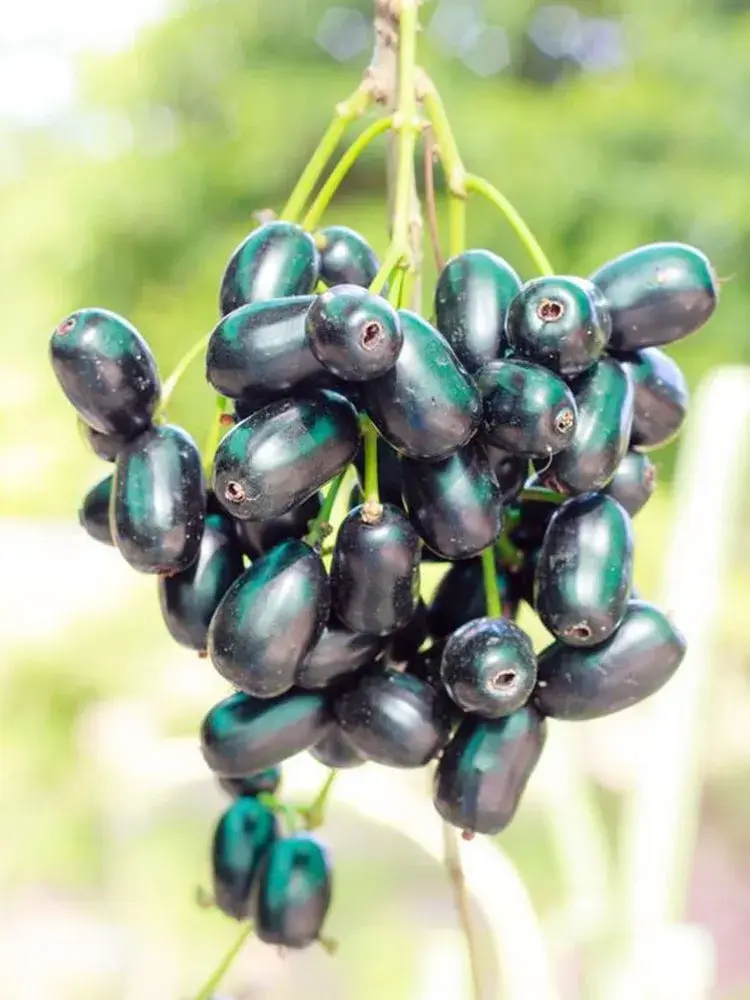 |
Jujube 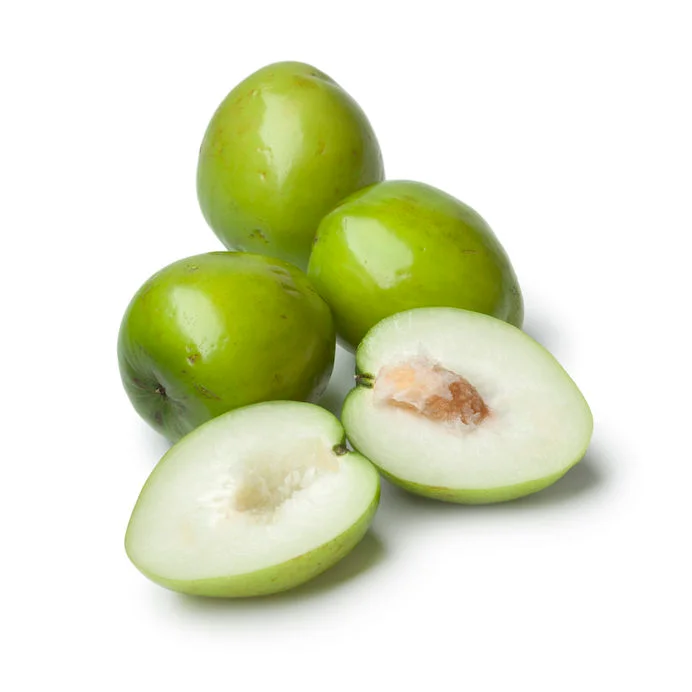 |
Kaffir Lime 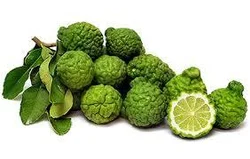 |
Langsat 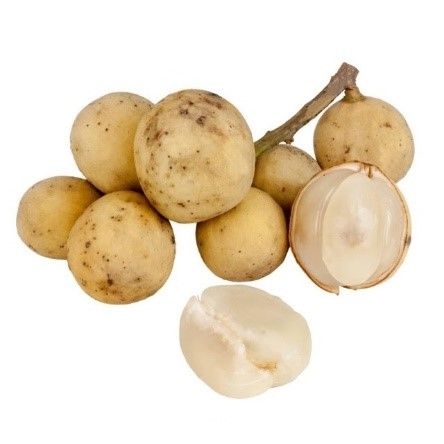 |
Mahonia Berries  |
Monkey Orange 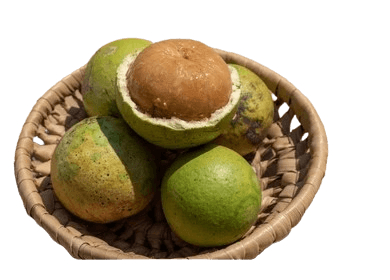 |
Neem Fruit 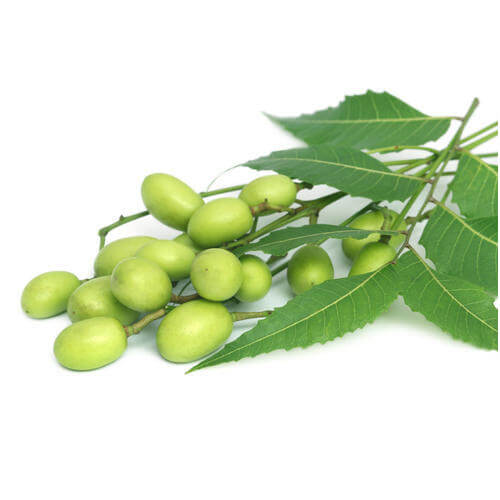 |
Noni Fruit 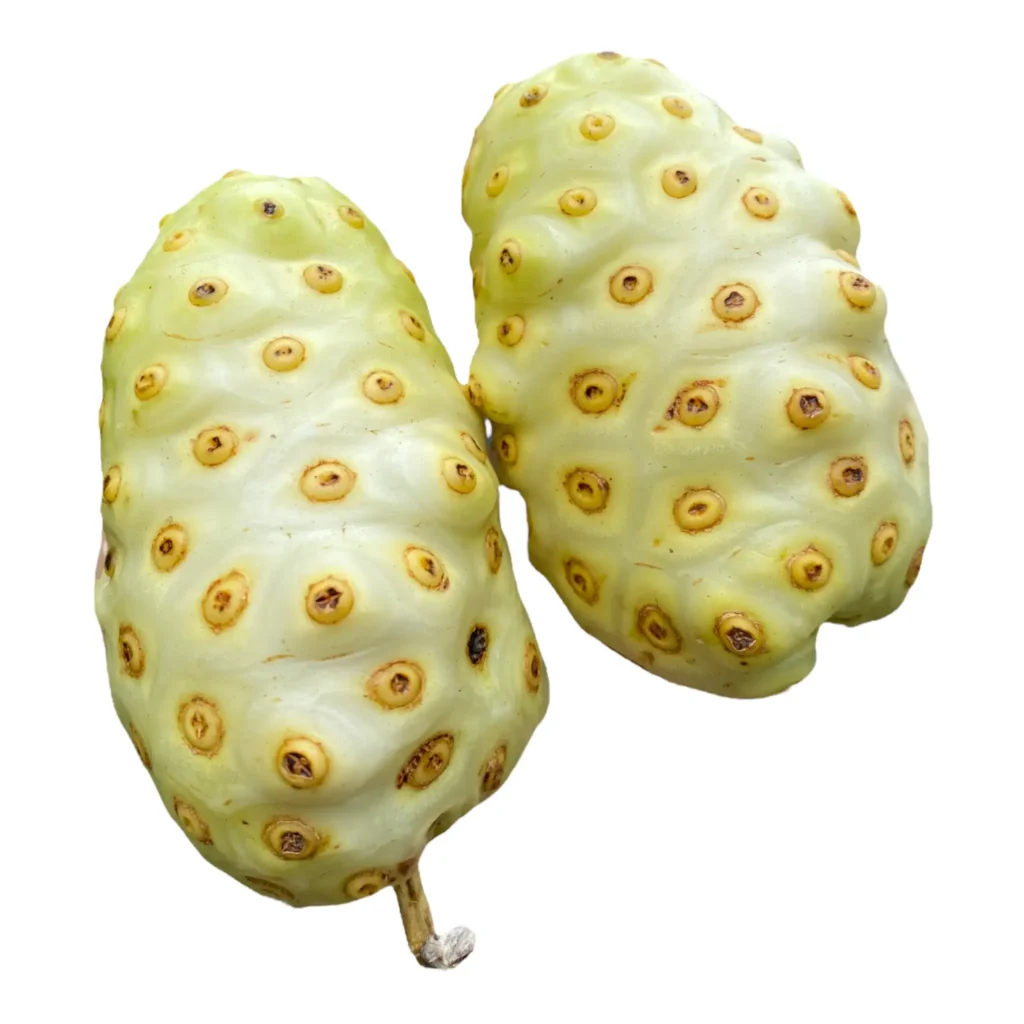 |
Olives (Raw) 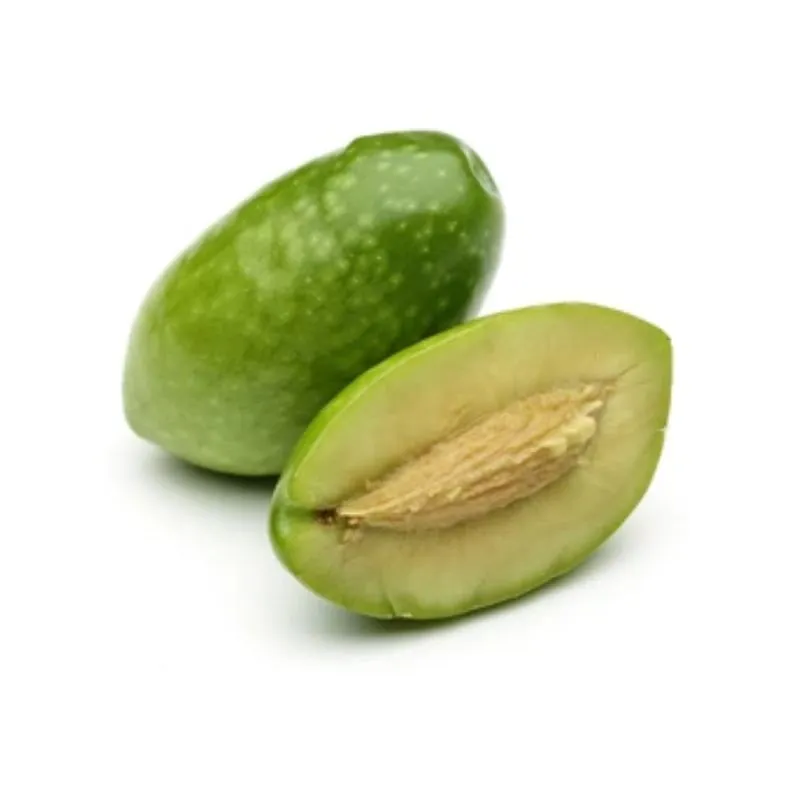 |
Passion Fruit 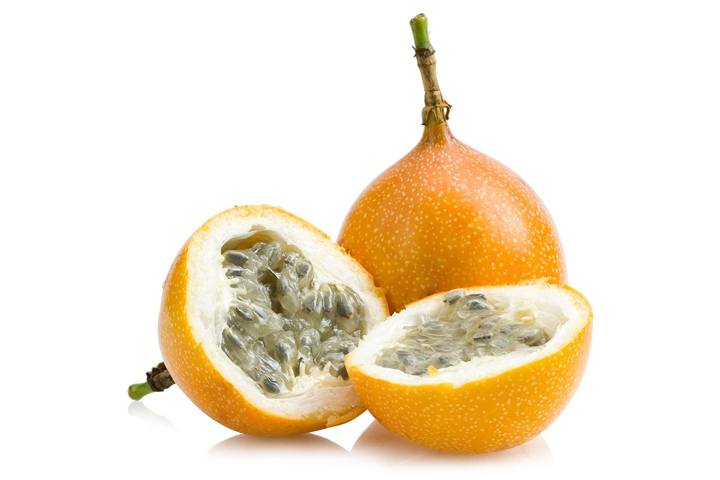 |
Pomelo 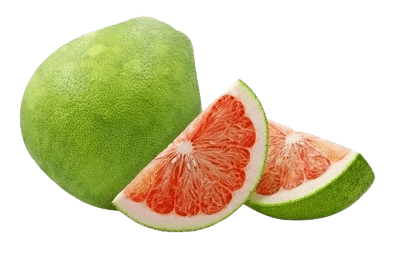 |
Quassia Fruit  |
Quince 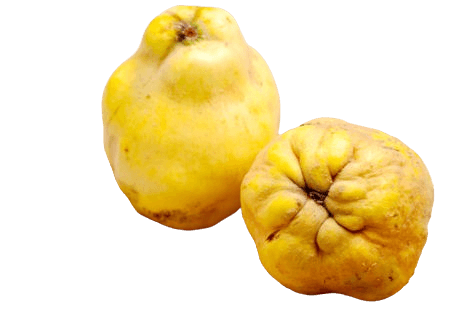 |
Quinine Fruit 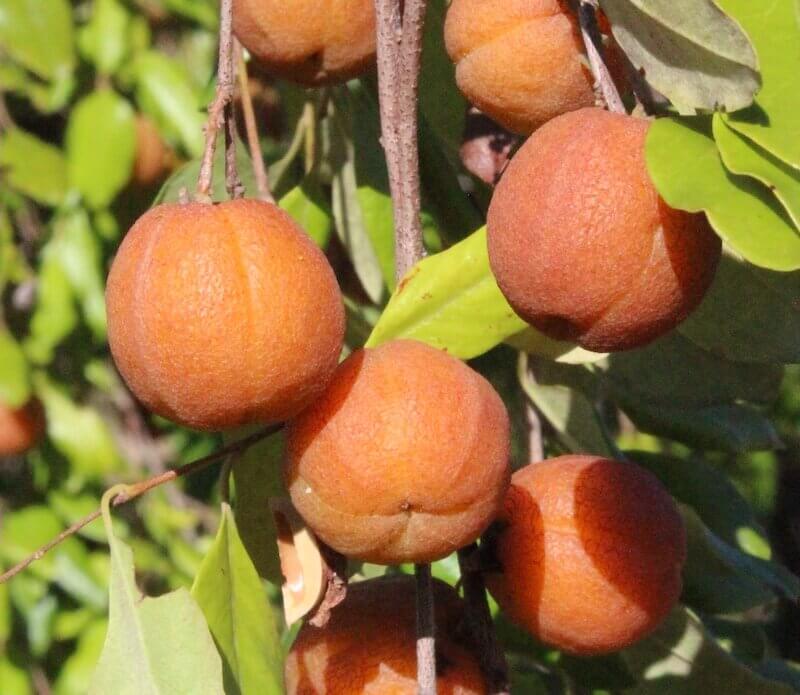 |
Rowan Berry 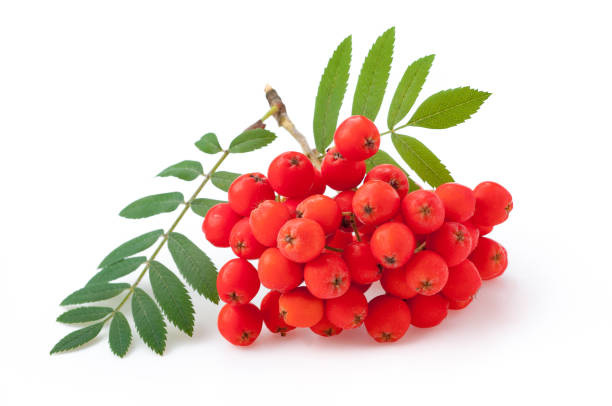 |
Seville Orange 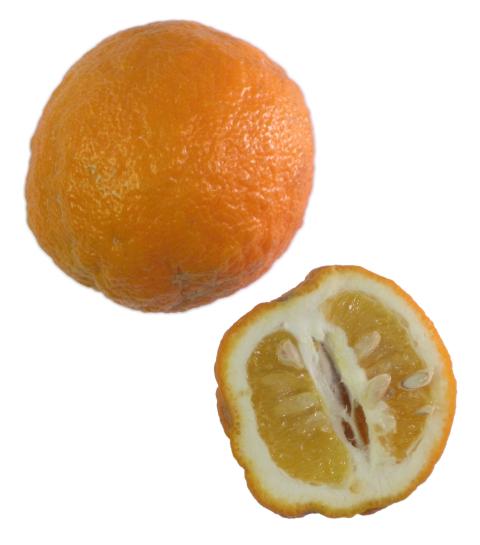 |
Sichuan Pepper Fruit 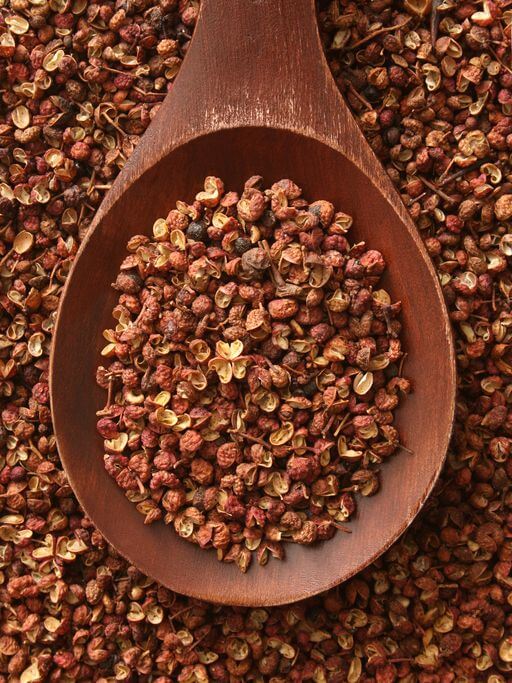 |
Soursop 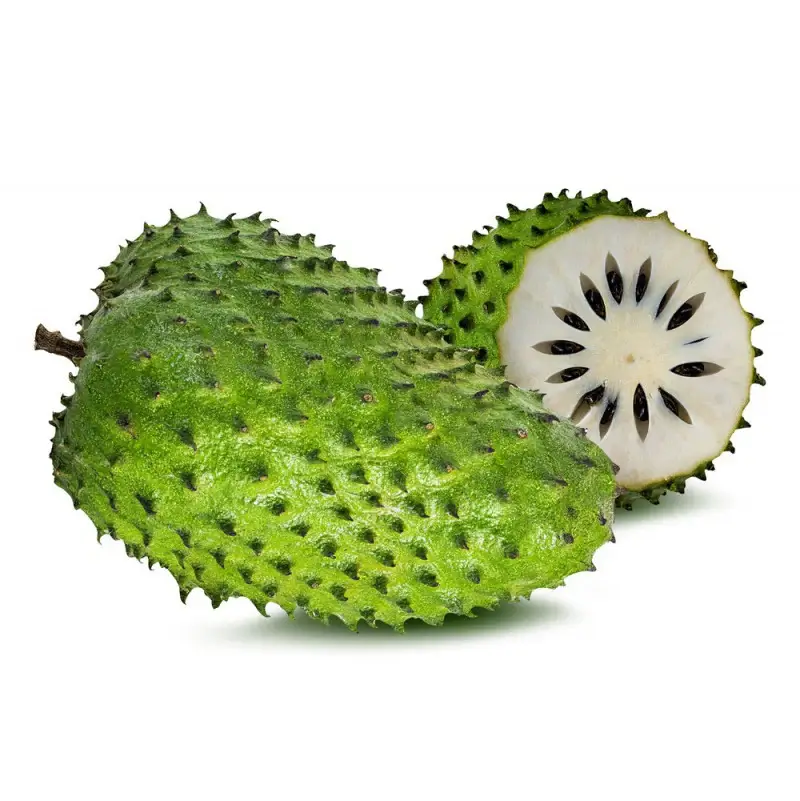 |
Unripe Mango 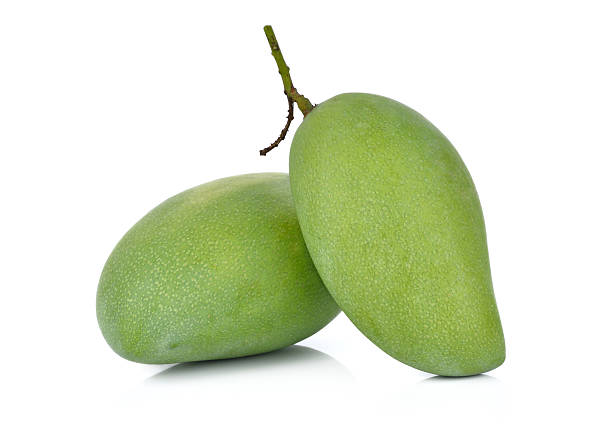 |
Wild Figs 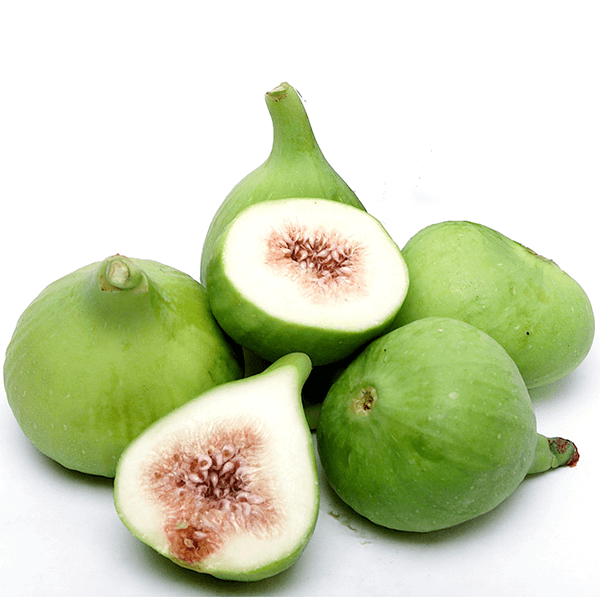 |
38 Most Common Bitter Fruits
1. Bitter Melon

This bumpy, green fruit is intensely bitter from skin to seeds. The bitterness increases with ripeness and is especially pronounced when eaten raw. Despite the strong taste, it’s a staple in many Asian and African dishes and is revered in traditional medicine for its role in lowering blood sugar and aiding digestion.
2. Pomelo

The thick white pith and inner membranes of pomelo are where most of the bitterness lies. While the fruit’s juicy segments can be sweet or tangy, a hint of bitterness often lingers, especially in less ripe varieties. The contrast between bitter and sweet makes pomelo popular in salads and Southeast Asian cooking.
3. Cranberries

Fresh cranberries are not just tart — they carry a subtle bitterness that gives them their signature sharp taste. This bitterness fades with cooking or sweetening, which is why they’re often processed into juice or sauces. Their bitterness reflects their high polyphenol content, which contributes to their anti-inflammatory and urinary tract benefits.
4. Grapefruit

The white variety of grapefruit is particularly bitter due to compounds like naringin, which are concentrated in the membranes and pith. Even the pink and red varieties carry a bitter edge beneath their tart-sweet flavor. This bitterness stimulates digestion and is one reason grapefruit is often included in detox diets.
5. Seville Orange (Bitter Orange)

Unlike regular sweet oranges, Seville oranges have a harshly bitter flesh and peel, which makes them inedible raw. However, the bitterness is prized in marmalade-making and herbal tinctures. The fruit contains synephrine, a compound used in traditional and modern medicine for metabolism and energy support.
6. Desert Lime

This tiny wild lime, native to Australia, delivers a zesty citrus punch with a bitter aftertaste. It’s used in bushfood cuisine to add complexity to sauces, jams, and chutneys. Its bitterness comes from concentrated limonoids and flavonoids, which also give it a high antioxidant profile.
7. Neem Fruit

The neem fruit is highly bitter — so much so that even animals avoid it unless medicinally needed. Its extreme bitterness is due to compounds like azadirachtin. Used primarily in Ayurvedic and African medicine, the fruit helps treat infections and purify the body but is rarely eaten as food.
8. Amla (Indian Gooseberry)

Amla delivers a sharp bitter-sour hit upon the first bite. The bitterness is most evident when eaten raw, though drying or cooking slightly reduces it. High in vitamin C and tannins, amla’s bitterness contributes to its effectiveness as a rejuvenating tonic in traditional Indian medicine.
9. Calabash (Crescentia cujete)

The calabash fruit isn’t typically eaten due to its extremely bitter and tough pulp. Instead, it’s valued for its traditional uses: hollowed shells for utensils, and its bitter components used in folk remedies for colds, respiratory issues, and inflammation.
10. Bitter Apple (Citrullus colocynthis)

This desert plant looks like a small watermelon, but its pulp is dangerously bitter and toxic in large quantities. Used sparingly in traditional medicine, its bitterness is a sign of potent compounds — including cucurbitacins, which have purgative effects. Definitely not for casual snacking!
11. Soursop (Annona muricata)
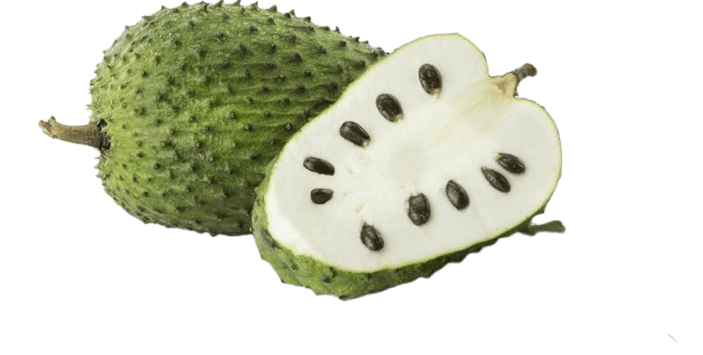
Soursop is a tropical fruit with sweet-tart, creamy white pulp, but its skin and seeds carry a noticeably bitter undertone. Although the pulp is the edible part, if it’s scraped too close to the rind or contains seed residue, a faint bitterness can be detected. The fruit is prized in tropical medicine for its potential anti-inflammatory and anticancer properties, despite the presence of acetogenins in the seeds which contribute to its bitterness and potential toxicity.
12. Bael Fruit

Bael is a hard-shelled fruit native to India and Southeast Asia. Inside, the pulp is orange and fragrant but has a naturally bitter and astringent taste. It is seldom eaten raw; instead, it’s used in juices or herbal remedies, especially for digestive issues. Its bitterness comes from tannins and other phenolic compounds, making it more palatable when sweetened or steeped in water.
13. Olives (Raw)

Raw olives straight from the tree are extremely bitter and almost inedible due to a compound called oleuropein. This bitter glucoside protects the fruit in nature but must be removed through a curing process (brining, dry salt, or lye) before olives can be eaten. Once cured, their flavor becomes more complex and palatable, but the original bitterness is a defining characteristic of the raw fruit.
14. Eggplant

Though commonly used as a vegetable, eggplant is botanically a fruit. It has a mild but noticeable bitterness, especially when raw. The bitterness comes from polyphenols and alkaloids, which can be more intense in older or wild varieties. Cooking and salting can reduce this bitterness, but the slightly pungent taste is part of what gives eggplant its signature depth in savory dishes.
15. Passion Fruit (Certain Varieties)

Passion fruit pulp is usually tart and fragrant, but some varieties or underripe specimens have a subtle bitter aftertaste, especially near the rind or pith. The white inner rind is quite bitter and not consumed. The balance of sweetness, tartness, and bitterness gives the fruit its complex, tropical flavor, and bitterness becomes more noticeable in juices that incorporate the whole pulp.
16. Jujube (Ziziphus jujuba)

Also called Chinese dates, jujubes can develop a slightly bitter-tart flavor, particularly when dried or underripe. While the fresh fruit is sweet and apple-like, the skin and outer layers can carry bitterness, especially in aged or sun-dried forms. In traditional medicine, jujubes are used for calming the nerves and aiding digestion, despite the mild bitterness.
17. Unripe Mango

Before it ripens, the flesh and especially the skin of some mango varieties are bitter and sour, with resinous undertones. This bitterness is more pronounced near the pit. Unripe mangoes are often used in chutneys, pickles, or spicy snacks across Asia and Africa, where their sharp tang and bitterness are considered refreshing and appetizing when combined with salt or chili.
18. Clove Fruit

Clove trees produce small fruits alongside their iconic flower buds. While the buds are dried for spice, the unripe clove fruit and stem have a naturally bitter and pungent taste due to eugenol. The bitterness is sharp and aromatic, used more in traditional medicine and spice blends than as a raw snack.
19. Noni Fruit

Noni is a tropical fruit known for its intense bitterness and foul aroma—often compared to old cheese or vomit. Eaten raw, it’s highly unpalatable, but its juice is used in traditional remedies across Polynesia and Southeast Asia. The bitterness is part of its claimed medicinal potency, often balanced with sweeteners or fermentation.
20. Bitter Almond

Unlike sweet almonds, bitter almonds contain amygdalin, a compound that gives them a sharp, bitter flavor and can release cyanide when improperly prepared. They’re not eaten raw due to their toxicity, but are used in processed extracts and flavorings like almond liqueur. The natural bitterness is intense and unmistakable.
21. Blackthorn

These small, dark-blue fruits are extremely bitter and astringent when raw, causing a dry mouthfeel. Traditionally used to make sloe gin, they require sugar and alcohol to mellow their harshness. While technically edible raw, the bitterness makes them better suited to preserves and infusions.
22. Mahonia Berries

Also known as Oregon grape, these deep purple berries are edible but have a strong, bitter-tart taste. They’re rarely eaten in large quantities raw due to their sourness and bitterness, and are more commonly turned into jellies, wines, or tinctures. The bitterness comes from berberine and other alkaloids.
23. Citrangequat

A hybrid between citrange and kumquat, the citrangequat is an ornamental citrus with a bitter-citrusy flavor. Its rind and pith are particularly bitter, although the flesh has a sour edge with some sweetness. It’s occasionally used in marmalades or as a curiosity fruit, rather than eaten out of hand.
24. Langsat

Langsat has translucent, sweet-tart pulp, but the skin and white latex it contains are bitter. If the latex seeps into the flesh during peeling, it adds a lingering bitterness to the taste. While the fruit is generally pleasant, improper handling can introduce a bitter note.
25. Cashew Apple

This fleshy pseudo-fruit is juicy and aromatic but contains tannins that give it a puckering, astringent bitterness. It’s rarely eaten raw due to its sharp aftertaste. Instead, it’s juiced or fermented into alcohol, especially in parts of Brazil and India. The cashew nut grows at its tip and must be processed separately.
26. Indian Almond Fruit (Terminalia catappa)

Also called tropical almond, the unripe fruit has a bitter, astringent quality that deters most from eating it raw. The inner seed is edible once dried and resembles the flavor of sweet almonds. The outer flesh, however, is fibrous and bitter until fully ripe.
27. Quince

Though it resembles a pear, raw quince is hard, dry, and carries a mildly bitter and astringent taste due to tannins. It’s almost always cooked—baked, poached, or made into jelly—to develop its floral aroma and transform the bitterness into rich, tart sweetness.
28. Wild Figs
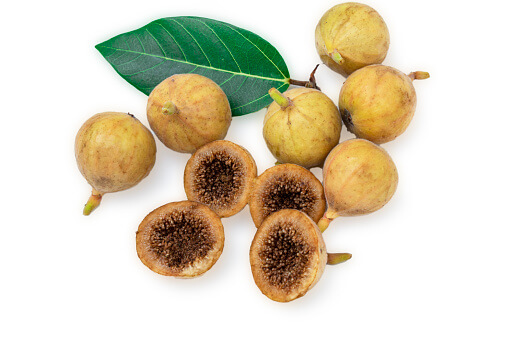
Many wild or unripe figs contain latex in their skin and stem, which can impart a bitter taste and irritate the mouth. While ripe cultivated figs are sweet and soft, their wild counterparts are often more bitter unless fully mature. The bitterness fades with ripeness but varies by species.
29. Quinine Fruit

Native to South America, the quinine fruit is known for its extreme bitterness due to quinoline alkaloids like quinine. These compounds are responsible for its medicinal properties, particularly as an antimalarial. Though rarely consumed as a typical fruit, the extract is famously used to flavor tonic water. Its natural bitterness makes it unsuitable for raw consumption without processing.
30. Cocoa (Raw Cacao)

Raw cacao beans, the source of all chocolate, are deeply bitter thanks to flavonoids like catechins and epicatechins. Before fermentation and sweetening, the beans have an earthy, sharp bitterness that most people find intense. While processed chocolate masks this bitterness, raw cacao and very dark chocolate retain their naturally bitter edge, prized for their antioxidant content.
31. Monkey Orange

Found in various parts of Africa, monkey oranges have a tough outer shell and vary in taste from sweet to very bitter, depending on the species. Some have bitter pulp or skin due to the presence of alkaloids or other protective compounds. Though edible, they are often considered survival foods or used in traditional medicine rather than regular snacks.
32. Rowan Berry (Mountain Ash)

These small, orange-red berries grow in clusters and are extremely bitter and astringent when raw. High in tannins and parasorbic acid, rowan berries are rarely eaten fresh but are often made into jellies, wines, or liqueurs where the bitterness is reduced or balanced with sugar. Their strong, sharp taste is appreciated in some Northern European cuisines.
33. Quassia Fruit (Quassia amara)

This tropical fruit is rarely eaten but is renowned for its intensely bitter taste, due to compounds like quassin. The plant is used as a botanical source for bitters and herbal tonics. Even though the fruit itself isn’t a common food item, its classification as a bitter fruit holds in herbal traditions for stimulating digestion and appetite.
34. Jamun (Java Plum)

Jamun is a deep purple, juicy fruit with a complex flavor. While ripe jamun has a sweet-tart profile, the inner flesh near the seed often carries a bitter note. Unripe jamun is even more bitter and astringent, which is why it is usually eaten with salt or used in preserves, chutneys, and Ayurvedic medicine.
35. Coffee Fruit (Coffee Cherry)

The coffee cherry is the outer fruit that surrounds the coffee bean. While the cherry itself can be mildly sweet, the beans inside—especially in their raw, green form—are intensely bitter. When roasted and brewed, the resulting drink retains that signature bitterness that defines coffee. The bitter flavor is due to chlorogenic acid and other phenolic compounds.
36. Kaffir Lime

This knobby citrus fruit is known more for its fragrant leaves than the fruit itself. The rind is highly aromatic but has a pronounced bitterness that limits its raw consumption. The juice is sour with a sharp, bitter edge, making it unsuitable for drinking fresh. It is mainly used in Southeast Asian cooking in small amounts to add a bitter-citrus dimension.
37. Goji Berries (Fresh)

While dried goji berries are sweet and chewy, the fresh fruit can be mildly bitter or medicinal in flavor. Some people detect a faint bitterness that disappears during drying. The fresh form isn’t commonly available but has long been used in traditional Chinese medicine, where both its sweetness and bitterness are considered beneficial.
38. Sichuan Pepper Fruit

Though not a true pepper or chili, Sichuan pepper husks (the fruit casing) deliver a bitter, citrusy, and numbing flavor known as “málà” in Chinese cuisine. The bitterness is subtle but noticeable and is part of the reason they are used in small amounts to season dishes. The sensation they provide is more pungent and tingly than purely bitter, yet the underlying flavor has bitter notes.
